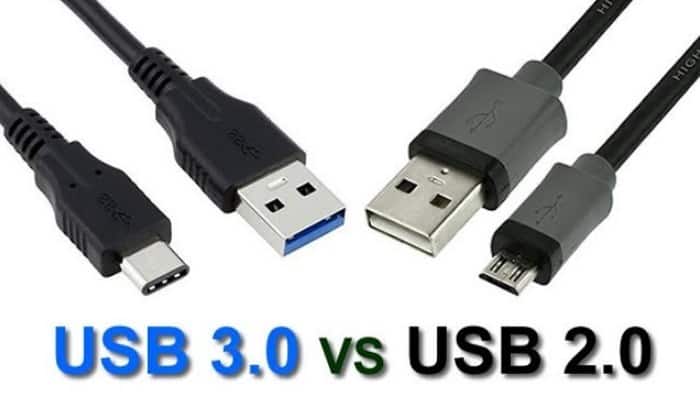

Yes, older cables can still be used with PD 3.1 laptops and peripherals but at lower power levels. The electrical components of EPR cables support 5A and voltages beyond the 48V required for EPR operation.Ĭan I use older USB-C cables with PD 3.1 devices? USB-C to USB-C cables capable of Extended Power Range (EPR) have additional features so they can deliver the voltage and current range for USB Power Delivery EPR operation. Cables supporting Power Delivery 3.1 Extended Power Range (EPR) operation are rated up to 240W (5A x 48V).Īre special cables required for PD 3.1 Extended Power Range (EPR) operation? Cables that support Power Delivery greater than 3A are electronically marked and rated up to 100W (5A x 20V). The length of a passive cable is also limited to 4 meters (13 ft). The current on a passive USB-C cable is limited to 3A so the most it can support is 3A x 20V = 60W. All USB-C to USB-C cables have the Configuration Channel (CC) required to support PD communication, but don't necessarily support the full range of voltage/current levels specified by USB-PD. USB-PD is used by Apple® iPhone®, iPad®, MacBook Pro®, Google Pixel™, and other smartphones and portable devices. For example, a phone needing 18W might negotiate 9V and 3A from the power source. Negotiations are governed by power rules and offer a range of voltage and current configurations. This smart charging protocol enables devices to negotiate voltage, current and direction of power and data flow over the USB cable. Because power can flow in either direction, the role of provider and consumer can change at any time. USB Power Delivery (USB-PD) refers to the protocol that allows a "power provider," a cable and a "power consumer" to agree on the current and voltage levels.


 0 kommentar(er)
0 kommentar(er)
